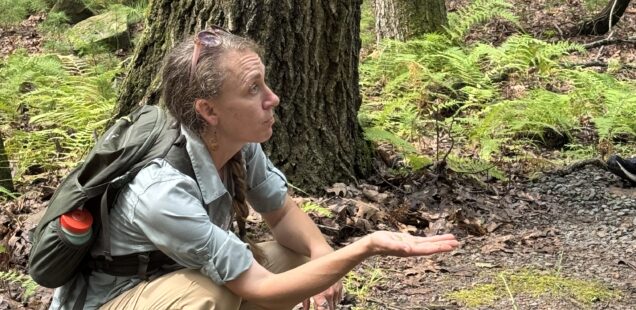
Lacawac Sanctuary – Edible & Medicinal Plant Walk with Heather Housekeeper
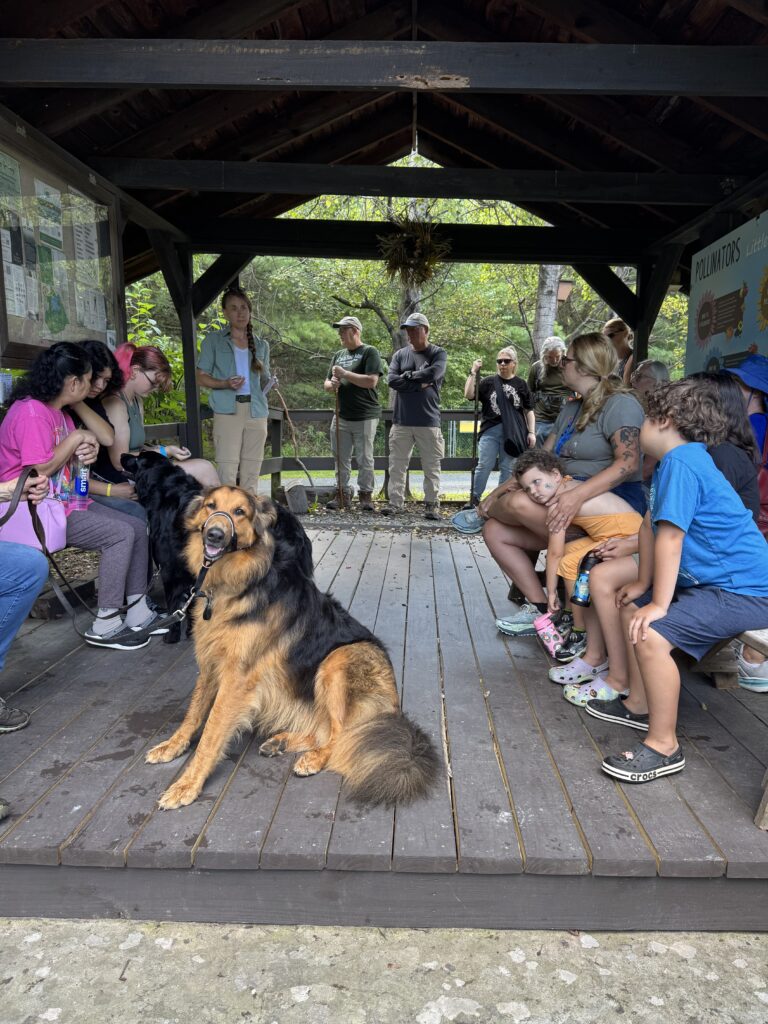
I recently joined a group of curious nature lovers at the beautiful Lacawac Sanctuary for an edible and medicinal plant walk led by the wonderfully named Heather Housekeeper (honestly, could there be a better name for a botanical guide?).
Each time I take part in one of these walks, I challenge myself to remember as much as possible. Over time, I’ve accepted that if I retain just two new things, I’m doing well. One day, I dream of stepping into my backyard and foraging an entire meal as I hike!
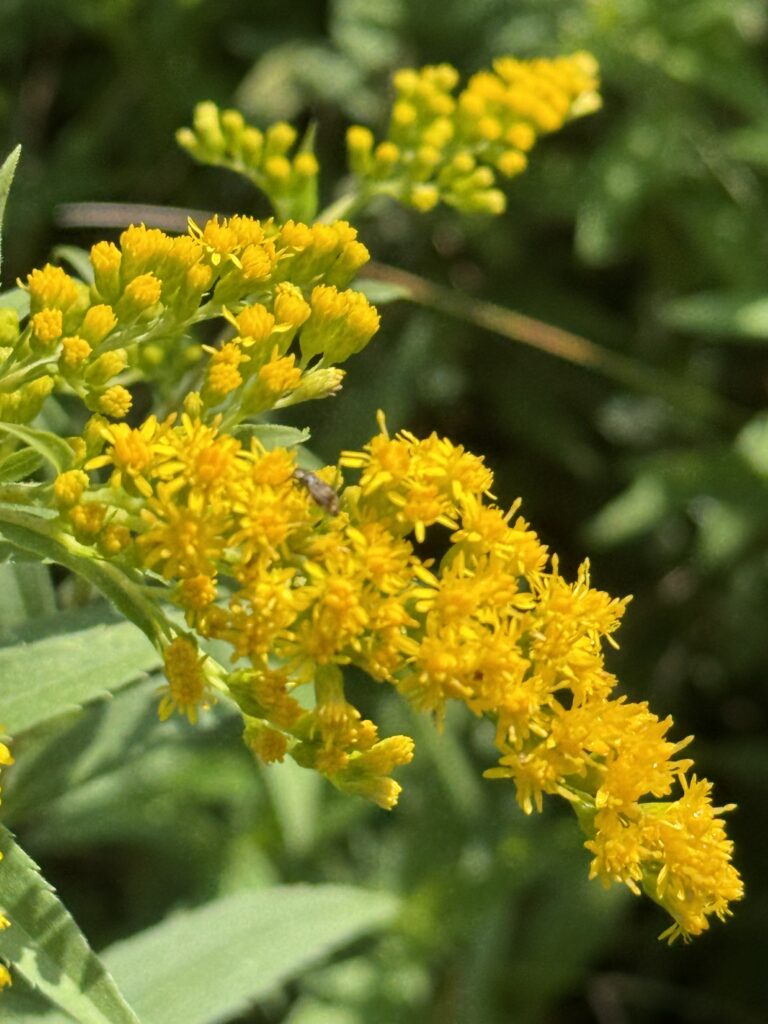
On this particular walk, I learned about several plants with fascinating uses:
- Sweet Fern – Its leaves can be brewed (5–7 at a time) to ease respiratory conditions, digestive troubles, and fevers. Crushed leaves also make a soothing poultice for wounds, burns, and insect bites.
- Plantain (not the banana-like fruit, but the common lawn “weed”) – Long valued in folk medicine, plantain is excellent for calming skin irritation, reducing inflammation, and even drawing out splinters.
- Black Birch – The inner bark can be eaten raw as an emergency food, while twigs and bark steep into a flavorful tea. Once harvested widely for oil of wintergreen (before the synthetic version took over in the 1960s), black birch sap can also be boiled into a rich, molasses-like syrup—perfect for making authentic birch beer.
- Goldenrod – This plant surprised me with its versatility. Traditionally used to support bladder and urinary health, it’s especially helpful for UTIs. Flowers and leaves infused in oil make a healing salve for wounds, burns, sore muscles, or arthritis pain—especially when blended with plantain, yarrow, and St. John’s wort. As a tea with honey, goldenrod soothes sore throats, loosens mucus from the lungs, and delivers a dose of rutin, a powerful flavonoid that strengthens circulation and capillaries. Some even claim goldenrod outshines green tea in antioxidant power.
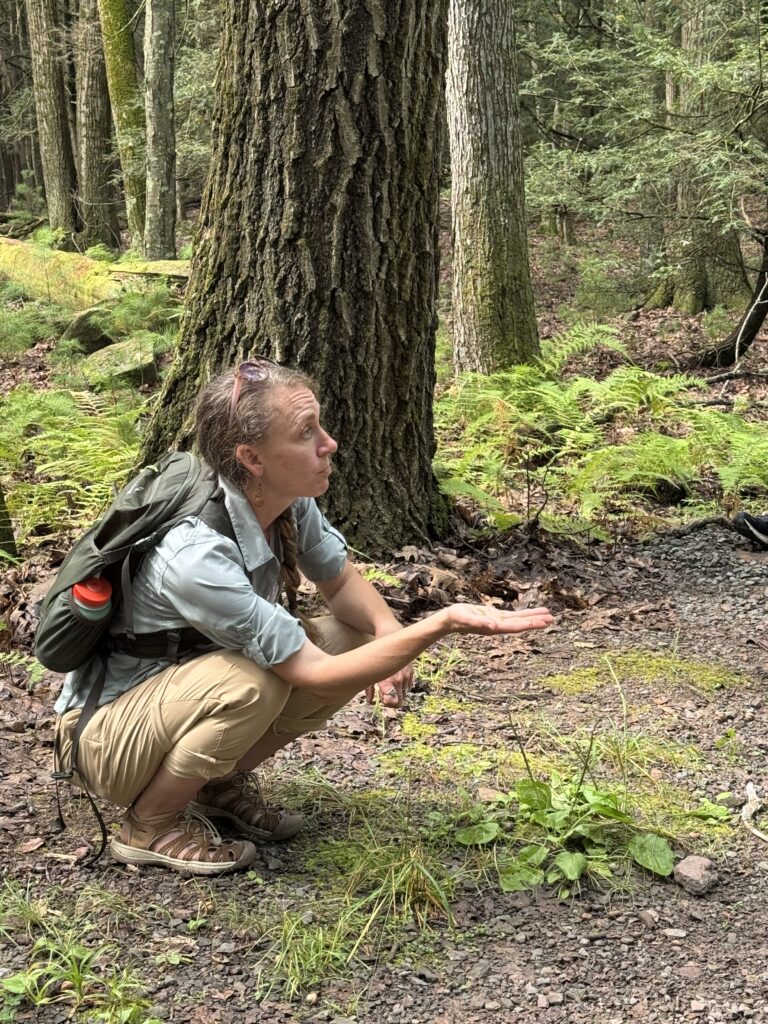
But Northeast Pennsylvania offers many more healing plants worth noticing:
- Yarrow – A feathery wildflower often found in meadows and fields, yarrow has a long history as a wound-healing plant. Its leaves can be crushed and applied directly to cuts to help stop bleeding, while teas made from the flowers support digestion and reduce fever.
- Stinging Nettle – While its sting isn’t pleasant, nettle is one of the most nutrient-rich plants in the forest. Once cooked or dried, the sting disappears, and nettle becomes a powerhouse food, rich in iron, calcium, and protein. As a tea, it supports kidney health and eases seasonal allergies.
- Jewelweed – Often found growing near poison ivy, jewelweed is nature’s antidote. Its juicy stems and leaves soothe rashes, insect bites, and minor burns. Native people and herbalists have used it for centuries as a reliable skin remedy.
- Wild Violet – These cheerful purple blossoms aren’t just pretty. Their leaves and flowers are edible, full of vitamin C, and have cooling, anti-inflammatory properties. Violet syrups and teas are still used for coughs and sore throats.
- Wild Mint – Growing along streambanks and damp soil, wild mint refreshes the senses and settles the stomach. A simple tea made from the leaves helps ease nausea and indigestion, while the fresh leaves are a delightful trail nibble.

Clearly, I learned far more than my usual “two things.” Heather’s passion and deep knowledge made the walk inspiring and memorable. She offers books, a four-month intensive course, and custom programs for groups. Learn more at www.TheBotanicalHiker.com.
Special thanks to the Lacawac Sanctuary Foundation for hosting. With its stunning landscapes and year-round events, it’s a place worth visiting often. To stay updated, sign up for their newsletter at www.Lacawac.org.
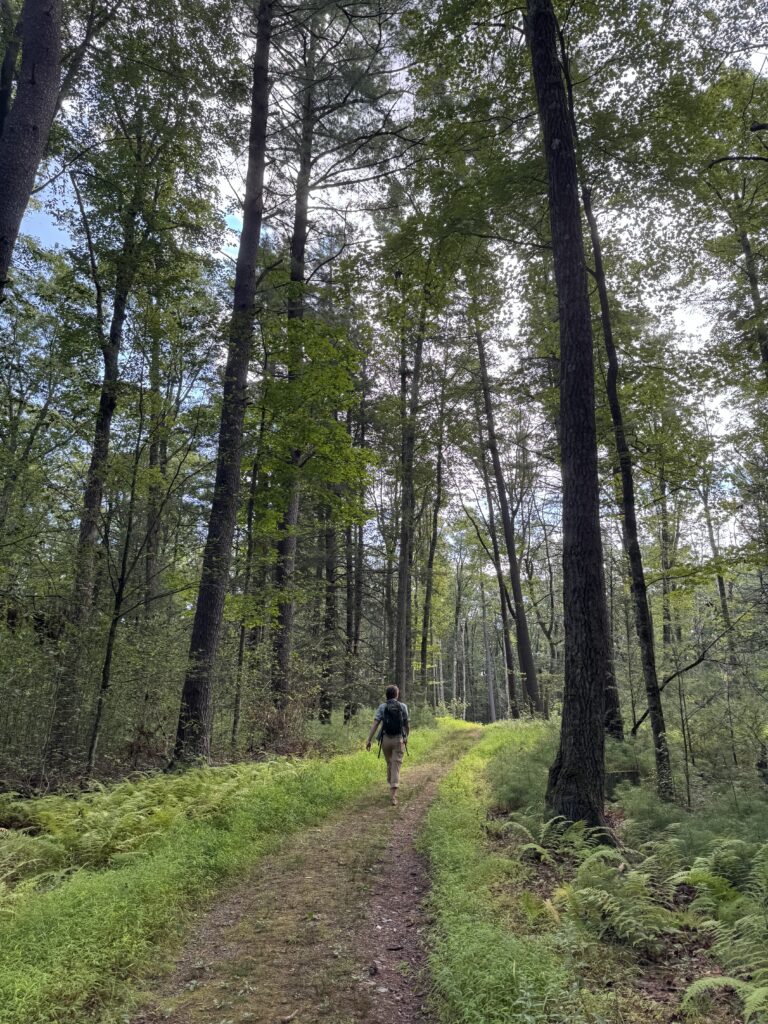
Follow us on Instagram @PoconoSecrets and on Facebook @PocoPike
Visit www.LAGuzda.com or www.PoconoSecrets.com
